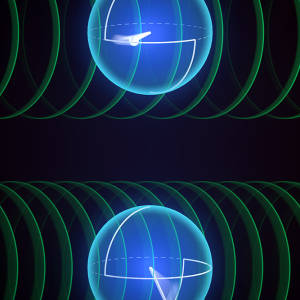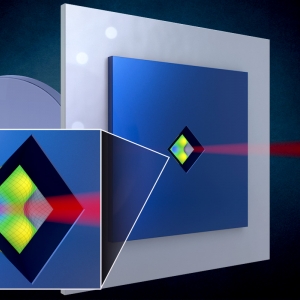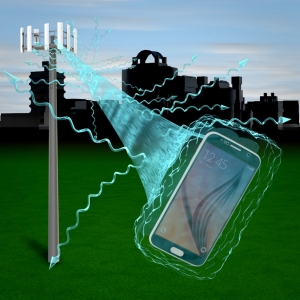Physicists study many forms of communication, including quantum communication. Thanks to specific properties of quantum mechanics, like entanglement, information integrity can be better maintained with quantum communications, even being hackproof in some cases. Quantum entanglement is the property that allows two molecules, each in a random quantum state, to be in perfect harmony with each other. This is important, as one common test of quantum communication devices, a.k.a., quantum channels, is to send entangled photons (light particles) down these channels. Entanglement helps when photons are lost or absorbed, as the redundancy in information being sent this way ensures that some of the information will still reach the receiver.
Quantum channels have their own quirks that make them unique to study. In a new paper published in Nature Communications, post-doctoral researcher Vikesh Siddhu of JILA Fellow Graeme Smith's team looked at some of the logistics in using quantum channels to send information. Siddhu analyzed how noise occurring in a quantum channel affects the information it communicates.









